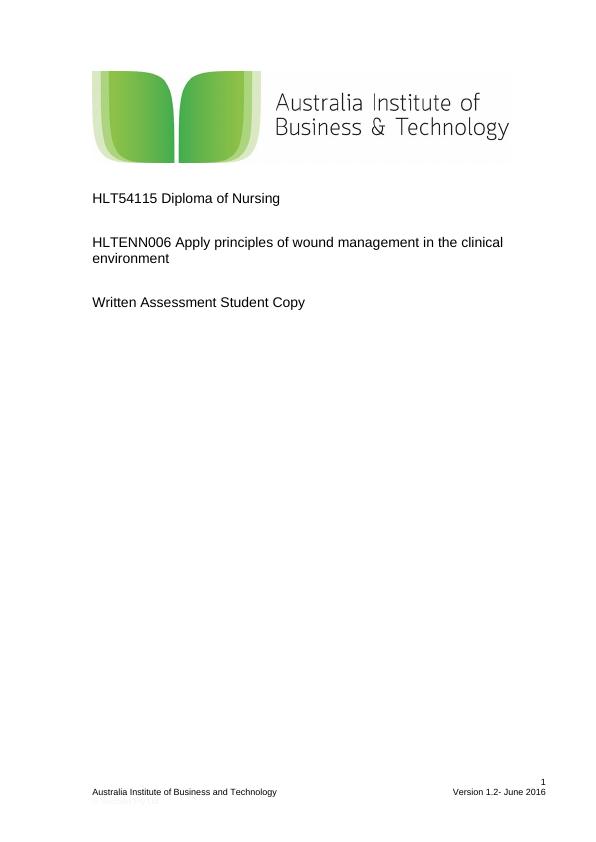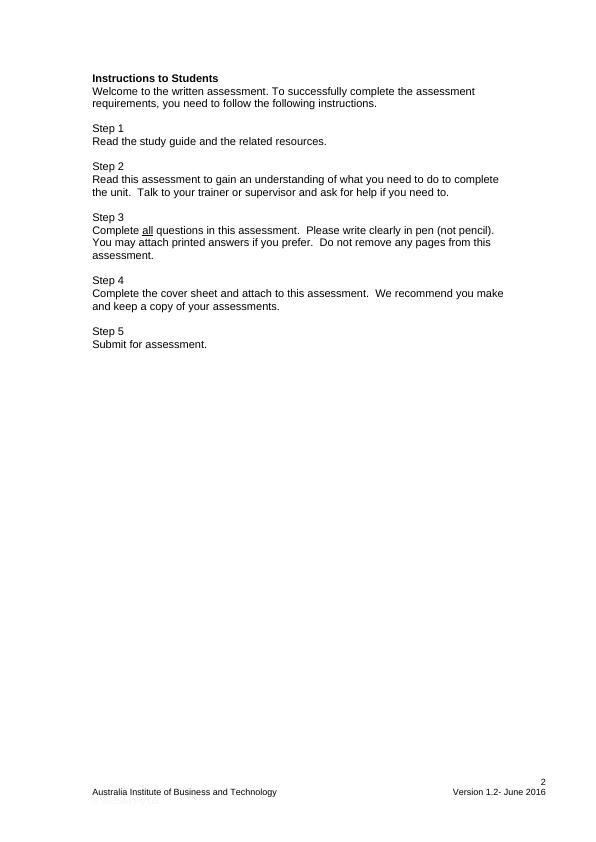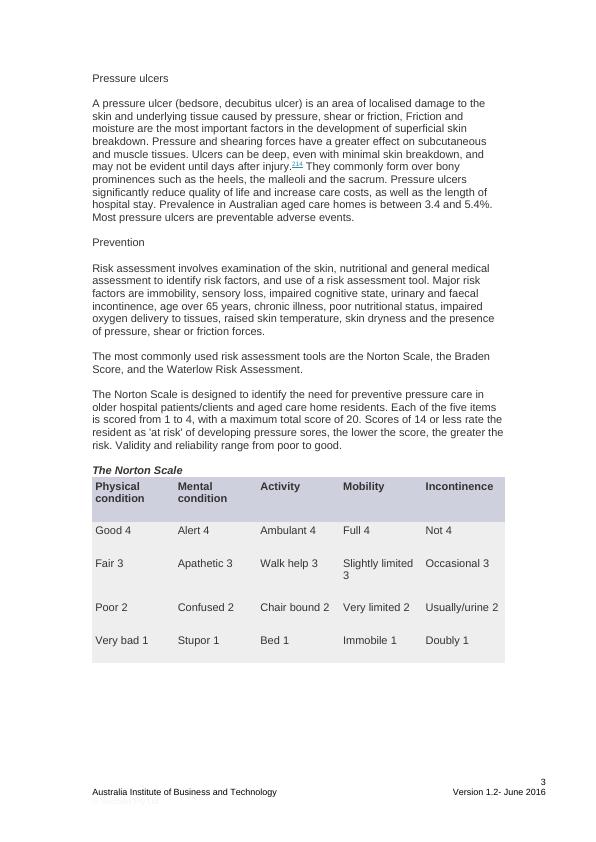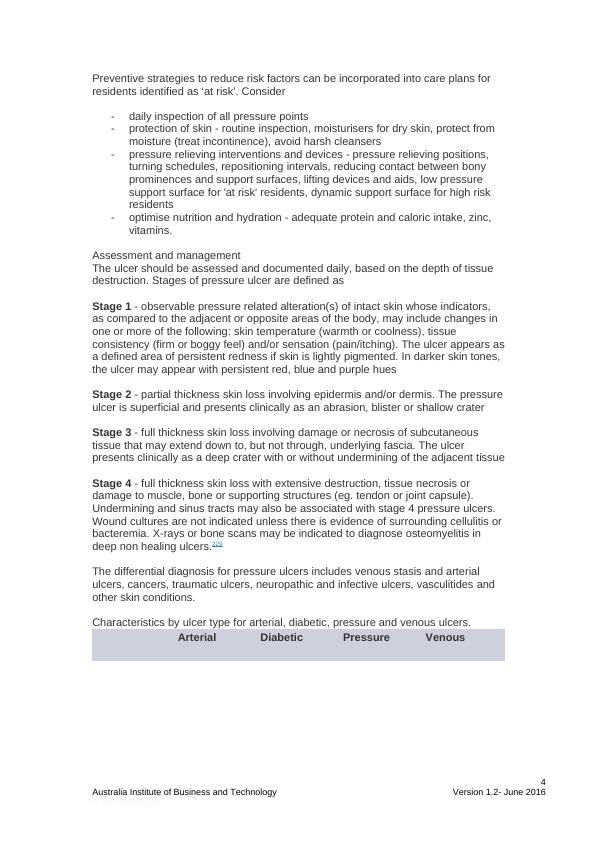HLT54115 Diploma of Nursing
Discuss the importance of nursing theory to practice. Define the term chronic disease. Define the term pathophysiology.
14 Pages3564 Words64 Views
Case Study Of Nursing (HLT54115)
Added on 2021-10-19
HLT54115 Diploma of Nursing
Discuss the importance of nursing theory to practice. Define the term chronic disease. Define the term pathophysiology.
Case Study Of Nursing (HLT54115)
Added on 2021-10-19
ShareRelated Documents
End of preview
Want to access all the pages? Upload your documents or become a member.
Pressure ulcer (PU): A serious healthcare issue among elderly residents in an aged care facility
|5
|1251
|159
Nursing Care Plan(NCP) Assignment
|4
|630
|2996
Risk Assessment for Pressure Ulcer
|4
|518
|270
Importance of Risk Assessment for Pressure Ulcer: Implications and Risk Factors
|9
|2559
|183
Justification of Action Plan for Preventing Pressure Injury
|7
|1058
|89
Nursing Assignment: Risk Factors and Management for Falls and Pressure Injuries
|7
|1860
|46




